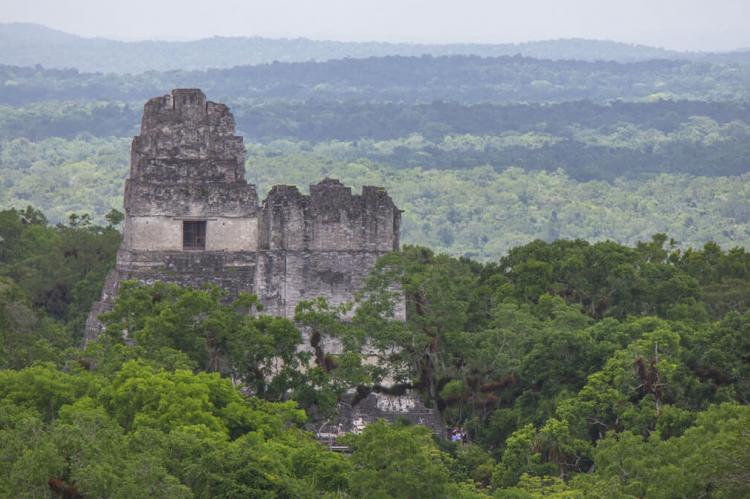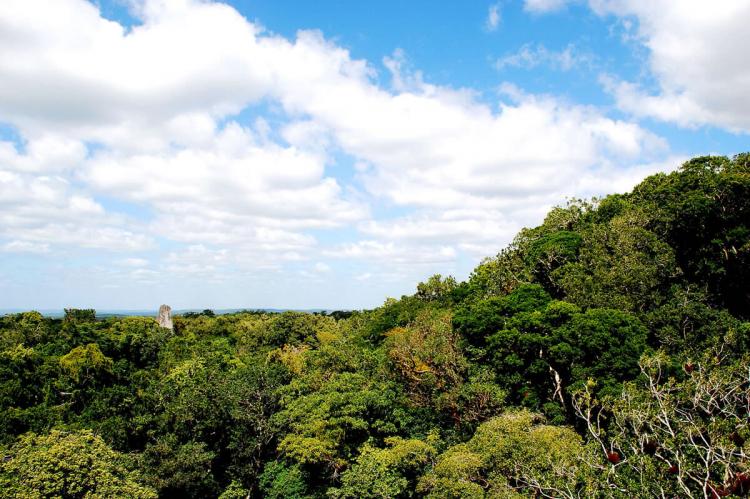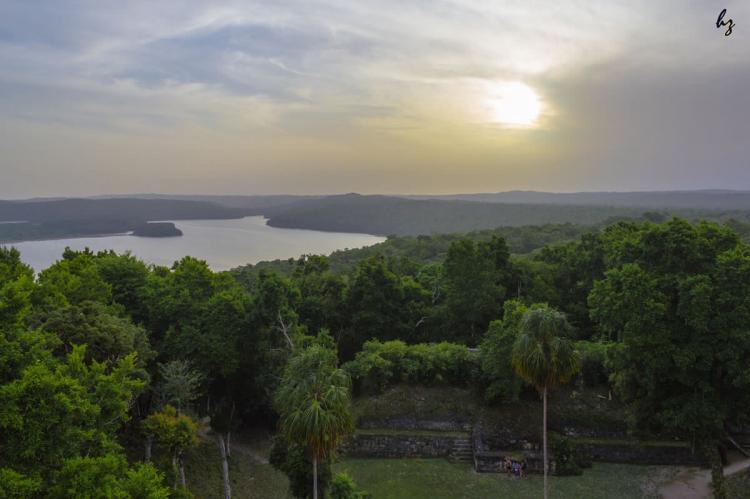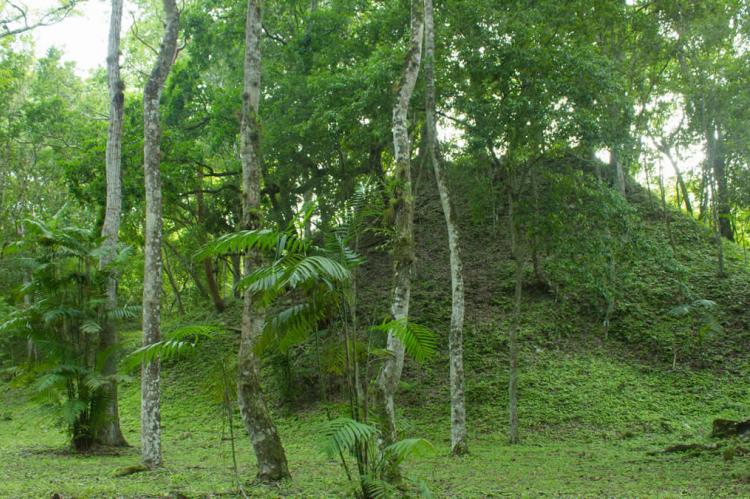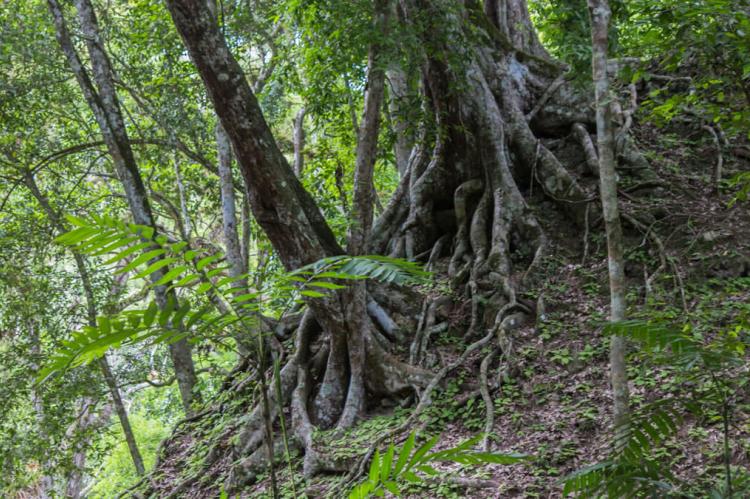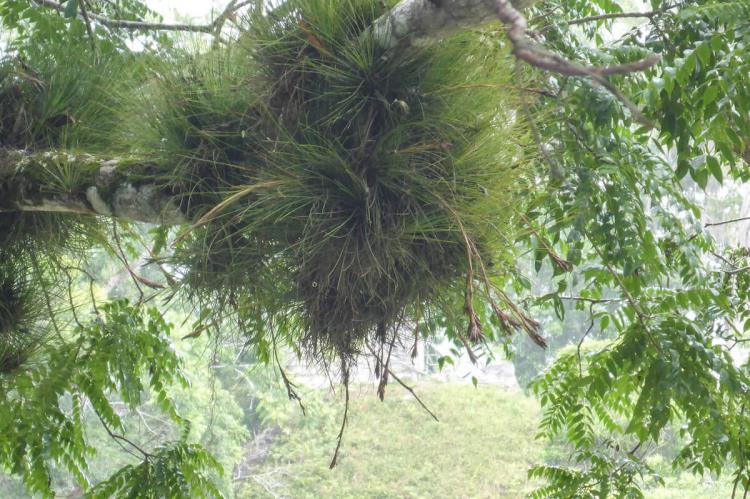Maya Biosphere Reserve (Guatemala)
The Maya Biosphere Reserve in the Petén region of northern Guatemala and the Maya Forest of Belize and Mexico represents one of the largest areas of tropical forest north of the Amazon and the northernmost in the Western Hemisphere.
Maya Biosphere Reserve
The Maya Biosphere Reserve in the Petén region of northern Guatemala and the Maya Forest of Belize and Mexico represents the northernmost tropical forest in the Western Hemisphere.
The Biosphere Reserve was created in 1990 to protect the largest area of American tropical forest remaining north of the Amazon. It is also part of three contiguous UNESCO-recognized biosphere reserves, including the Calakmul Biosphere Reserve in Yucatán and the Montes Azules Biosphere Reserve in southern Mexico.
The Reserve covers 2,112,940 ha (5,221,188 acres) and has seven core areas. It spans four national parks and three wildlife reserves, which contain high and medium lowland forests, inundated savannas, small fields of pine, caves and rocky habitats, lakes and lagoons, rivers and wetlands, and remnant mangrove forests.
The Maya Biosphere Reserve is home to a large concentration of ancient Maya cities, many of which are under excavation. In addition, the northern part of the Reserve, the Mirador Basin, contains numerous interconnected Maya cities.
The multiple-use zone comprises a tropical forest dedicated to the sustainable harvest of date palms, chicle gum, allspice, and timber. A southerly-located buffer zone has been rapidly changing from a forested landscape with scattered agricultural patches to a rural landscape with an increasingly fragmented forest.
The Tikal National Park and World Heritage Site is a core area bringing 180,000 national and international tourists annually. As a result, tourism is the single largest income producer.
Other core areas of the Maya Biosphere Reserve include the following parks:
-
Laguna del Tigre National Park: covering an area of 337,899 ha (834,966 acres), it is the largest core zone of the Maya Biosphere Reserve. It is also the largest National Park in Guatemala and the largest protected wetland in Central America.
The vast area periodically floods, creating unique characteristics such as savannas and transition forests. This biodiverse area features floodable savannas and wetlands, transition forest (which covers most of the Park) and high forest.
The Park's east end is part of the nesting area of scarlet macaw in Guatemala, containing two of the most important sites for nesting this threatened species.
-
Sierra del Lacandón National Park: situated in the tropical rainforest in northwest Guatemala, it is unique for its biodiversity. Considered of great importance for the Mesoamerican Biological Corridor, it connects the protected areas of northern Guatemala with those of southern Mexico, such as the Montes Azules Biosphere Reserve in Chiapas.
Several ancient Maya archaeological sites are located within the park boundaries. These include Piedras Negras, El Porvenir, Macabilero, La Pasadita, El Hormiguero, and El Ceibo.
-
Mirador-Río Azul National Park: forms the heart of the protected areas of the Mayan jungle, providing connectivity for the flow of flora, fauna and genetic material between Mexico, Belize, and Guatemala.
Due to its geographical position between the tall wet tropical forests of Petén and low subtropical forests and xeric Yucatán, the area contains traits of both ecoregions. The Park represents the southern limit of many species with affinity to the Yucatán and the northern edge of humid forest species in Guatemala. It is an essential habitat for jaguars and white-lipped peccary.
The Maya Biosphere Reserve is home to many fauna species, including Morelet's crocodile and the ocellated turkey. It is also rich in flora, including breadnut, mahogany, Swietenia humilis, Bloma prisca, Vitex gaumeri, cedar, Bucida buceras, Haematoxylum campechianum, Rhizophora mangle, and Pimenta dioica.
The population of Petén has grown from 25,000 to more than 500,000 (2002) during the last 30 years. Most of these people have settled in regions south of the Maya Biosphere Reserve. However, as lands in southern Petén are occupied, and new logging and oil roads are opened in the Reserve, increasing pressure is applied to the biosphere.
Promoting diverse sources of income generation for local people is a significant concern. Therefore, Guatemalan and international conservationists work on core area delimitation and protection, combining efforts to find economic alternatives to slash-and-burn farming to forge a new future for local populations in the Maya Biosphere Reserve.
